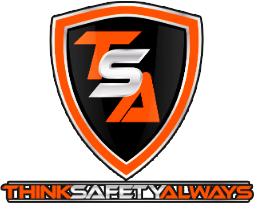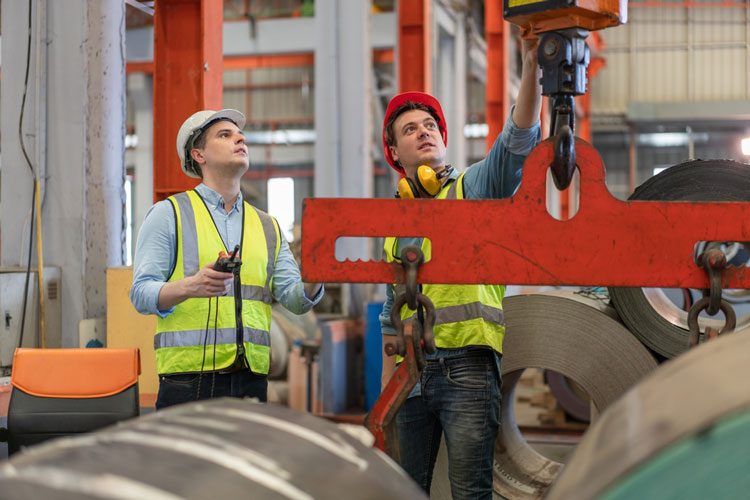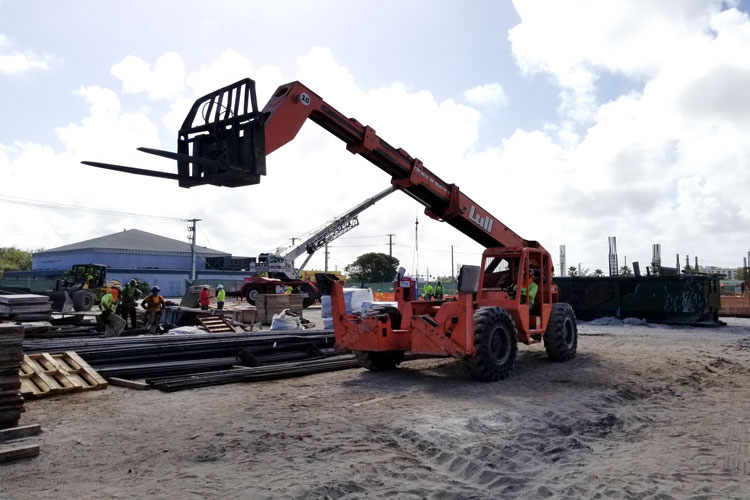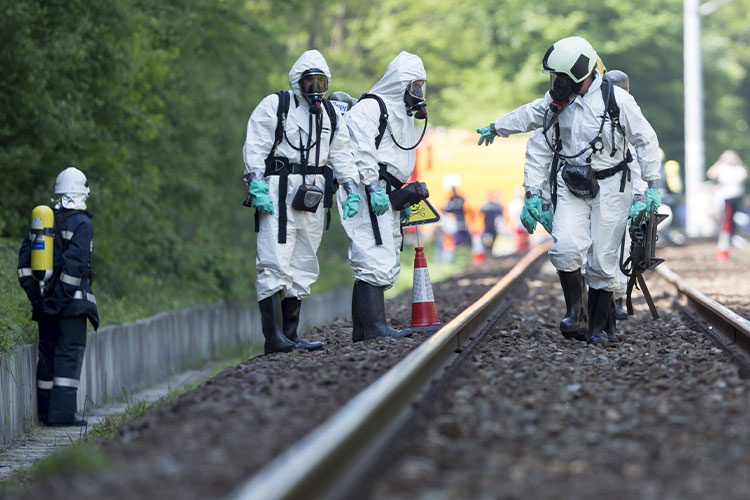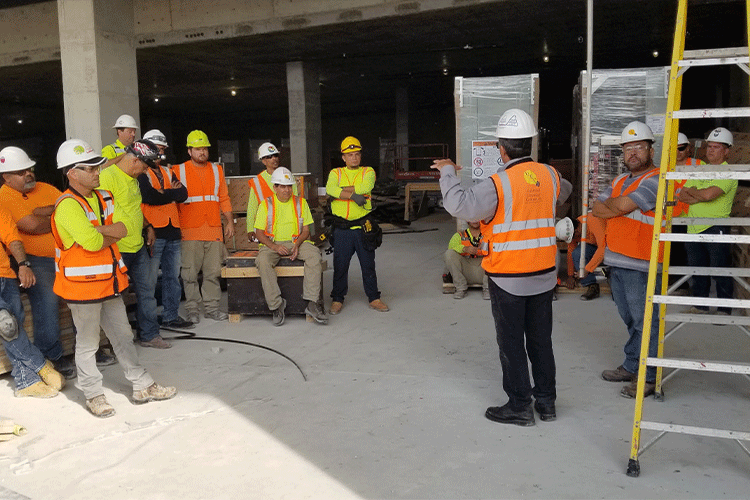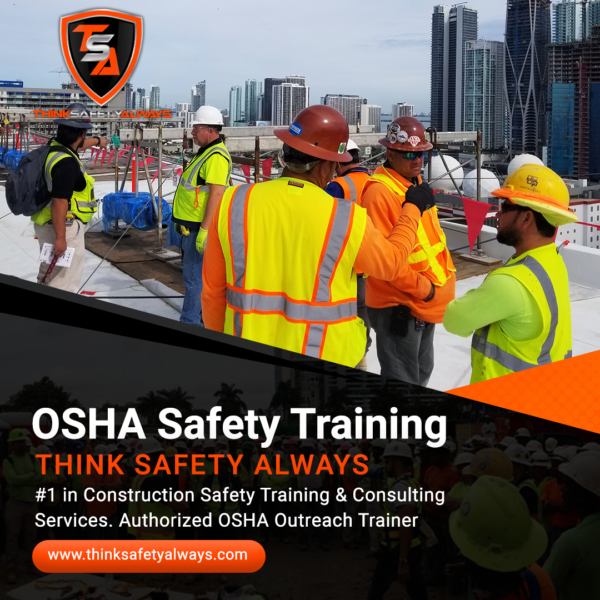When it comes to construction sites, warehouses, and industrial yards, overhead and gantry cranes are the giants that silently shoulder the heavy lifting. These powerful machines help streamline operations and move massive loads with precision. But behind every successful lift is something even more critical—proper operator safety training. Without it, the risks aren’t just mechanical—they’re human.
The Weight of Responsibility
Operating an overhead or gantry crane isn’t just about pushing buttons or pulling levers. It’s about judgment, timing, communication, and knowing exactly how your machine behaves in every situation. Operators are tasked with managing not only the load but also the safety of everyone working nearby. A single misstep can cause a dropped load, equipment damage, or even serious injuries. That’s why comprehensive training is more than just a box to check—it’s a necessity.
Beyond the Manual: What Training Should Cover
Effective crane operator safety training goes far beyond the basics. While OSHA regulations set the minimum standard, a quality training program dives deeper into:
Load capacity awareness and how to avoid overloading
Rigging techniques to ensure secure and balanced lifts
Pre-operation inspections to spot issues before they become hazards
Hand signals and communication protocols for seamless teamwork
Emergency shutdown procedures to prevent accidents from escalating
This kind of real-world, scenario-based training empowers operators to make smarter decisions under pressure and avoid costly mistakes.
Common Mistakes That Training Prevents
Many crane-related accidents stem from avoidable errors—swinging loads too quickly, misjudging distances, skipping pre-use checks, or failing to communicate clearly with ground crews. Operator training teaches more than just crane mechanics—it instills a culture of caution, awareness, and accountability that translates into a safer job site.
Adapting to New Technology
Modern overhead and gantry cranes often come equipped with smart features, sensors, and even remote controls. Without training, operators might misuse or underutilize these advancements. Ongoing education helps them adapt to evolving technology while reinforcing foundational safety practices.
Safety Culture Starts with Training
At the end of the day, a well-trained crane operator doesn’t just move loads—they protect lives. A solid training program builds confidence, sharpens reflexes, and encourages a proactive mindset toward workplace safety. Employers who invest in training not only reduce the likelihood of accidents but also create a stronger, more efficient workforce.
Think Safety Always
If your business relies on overhead or gantry cranes, don’t leave safety to chance. Think Safety Always offers certified crane operator safety training that blends hands-on instruction with regulatory compliance and industry best practices. With their expertise, your team will be equipped to lift smart—and lift safe—every time.
